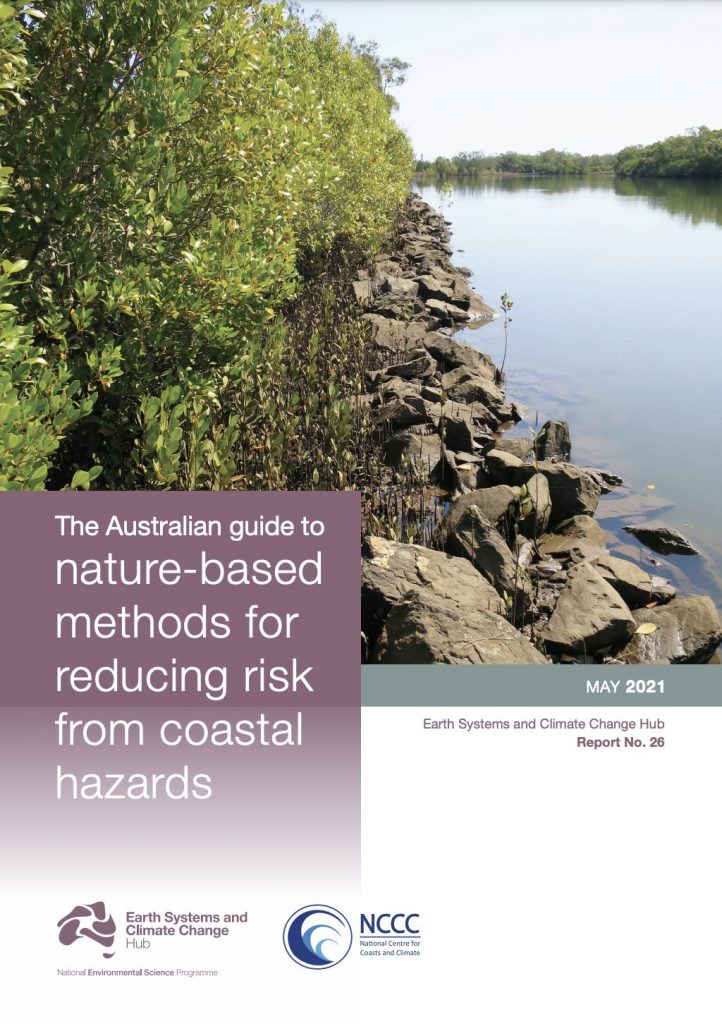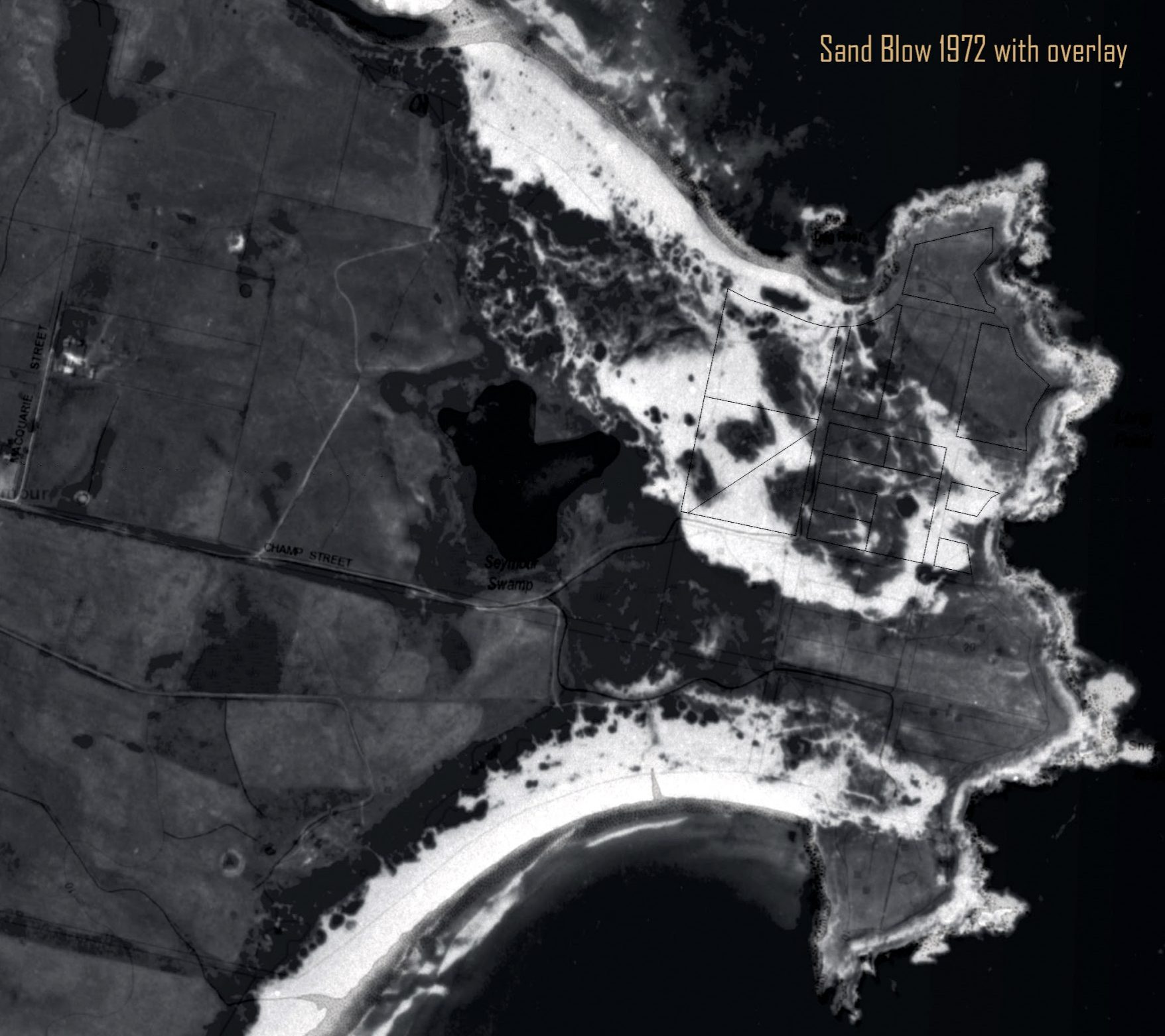Nearly the entire dune system on the point was significantly destabilised due to rutile mining, fire, vehicles, winds and stock grazing. A local action group of area residents undertook substantial revegetation of the area, which has successfully stabilised the sand and led to subsequent vegetation self-seeding. The group received a Tasmanian Landcare award for the work. Unfortunately, some of the species used to stabilise the area such as Marram grass (Ammophila spp), are now considered weeds and are in the process of being removed. However, the dunes are expected to remain stable from the other species that have colonised naturally. Other weeds are also being removed from the shoreline including tree lupin (Lupinus arboreus) and sea spurge (Euphorbia paralias) in order to restore and preserve the important shorebird nesting habitat in the area.
Dune replanting or construction
Method: Revegetation
Revegetation - species: Ammophila (marram grass), Lupinus arboreus (tree lupin), Acacia longifolia (coastal wattle), Pinus radiata (Monterey Pine)
Approach
Dune replanting or construction
Geographic context
Open coast
Organisation responsible
Seymour Community Action Group
Primary objective
Coastal protection
Coastal hazard
Erosion
Asset vulnerable
Natural, Built
Length of coastline targeted (m)
5200
Area of project (ha)
113
Date of completion
Ongoing since 1980s
Source of project funding
Community grants



